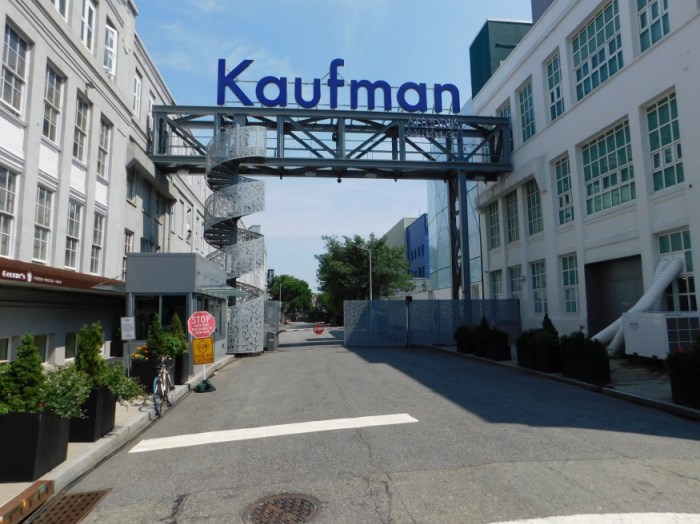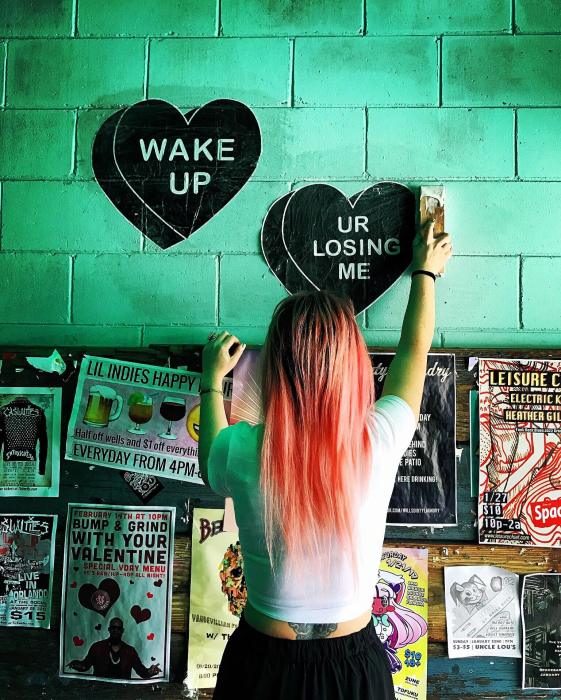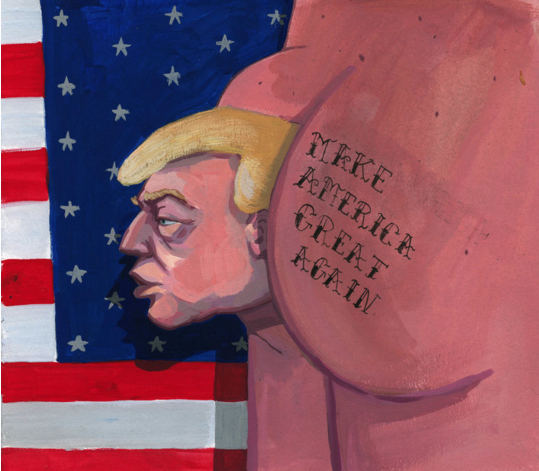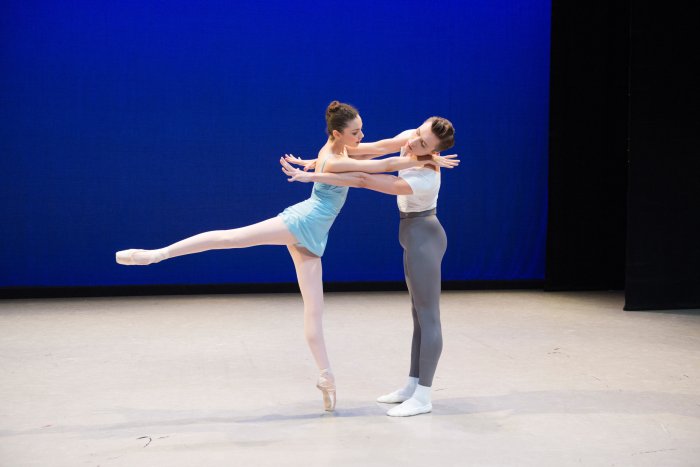On May 1, the Whitney Museum of American Art will finally open the doors to its new, downtown location, trading the hauteur of its old Upper East Side neighborhood for the glamorous grit of the Meatpacking District. Of course, the move has as much to do with space as anything else. When the Whitney settled in its previous Madison Avenue building, in 1966, it only had 2,000 works in its permanent collection. Today, it has 21,000. The new Renzo Piano-designed structure — an asymmetrical, tiered, white building that echoes the neighborhood’s industrial flavor — will nearly double the exhibition space, with both outdoor and indoor galleries, as well as two full floors devoted to the museum’s holdings. Yet, it means much more. “[The galleries] will be a gamechanger for the Whitney,” said Chief Curator Donna De Salvo in a statement. “They will afford a level of space unprecedented in our history to display both iconic works and present provocative new narratives of art in the United States.” And what better place to present provocative new narratives — to shake up the Whitney’s own sleepy image — than the base of the High Line, Manhattan’s once-seediest spot turned tourist destination du jour? “It is certainly a daring move,” says Paula Cooper, whose eponymous gallery moved into the surrounding area back in 1996. “The Whitney has always been thought of as a more conservative institution, [but] this move and the programming of the past couple of years has shown that it is on a more exploratory and exuberant path.” Before the Meatpacking District was the Meatpacking District, in the mid-1800s, it was one of Manhattan’s rare mixed-use areas, with residential townhouses and tenements butting alongside a flourishing marketplace and heavy industry, such as ironworks and terra cotta manufacturing. However, after the Civil War the area was no longer a desirable place to live, and by 1900 it was filled with slaughterhouses and packing plants, which flourished. Yet the rise of containerized shipping in the 1960s, as well as changes in the food industry (refrigerated trucks, frozen foods, supermarkets), led to a decline in the area. Other businesses began to flourish: prostitution, drugs, and gay sex clubs, which operated after the remaining slaughterhouses and meatpacking facilities would close for the night and which had a stronghold in the area through the 1980s. “You did not see a child or baby carriage for 50 blocks in any direction,” says Cooper, who moved to nearby Chelsea in 1987 before moving her gallery from Soho to 21st Street and 10th Avenue. “It was totally deserted and a little spooky. There was a murder in the playground one year. It was rough.” “I remember first walking through the Meatpacking District,” says Robert Hammond, co-founder of Friends of The High Line. “The streets were slippery because of all the blood.”
By the 1990s, however, the tenor of the neighborhood was beginning to change. “It’s a dead classic instance of transformation via gentrification,” says Michael Sorkin, an architect and urban historian. “These marginal spaces on the economic margins always attract people, and Meatpacking District’s illicit uses of the piers, the fact that it was a meatmarket in both senses, gave it edginess and hipster cachet.” After the artists came the fashion designers. “My son thought I was crazy,” Diane Von Furstenberg said during an interview about her Meatpacking offices and flagship store, to which she moved almost 20 years ago. “But it has everything that is great about New York: the energy, the grit.” Yet if fashion — and the Standard! — made the Meatpacking District glamorous, the High Line made it a family-friendly tourist destination, providing a link to the nightlife area, the markets, and — yes — the dozen or so meatpacking facilities still in operation to the art galleries further north. No wonder the Whitney jumped on the location. It’s more in line with the museum’s mission of showcasing 20th century and contemporary American art. “Historically the Whitney was born in the Village, albeit further inland, so I think that was part of it,” says Andrew Berman, executive director of the Greenwich Village Society for Preservation. “But for some time now the sort of center of the art world has really shifted to this part of Manhattan, so it’s really not a surprise that the museum would want to be in the middle of that.” But the Whitney’s presence also gives the community a different kind of cachet. “It’s a great institutional presence, it will really anchor the art world in the area,” says the High Line’s Hammond. “Chelsea is not that accessible — even if you knew the galleries they can be intimidating. But the Whitney is a known name, and that’s going to draw an enormous amount of people who otherwise might not have come.”


















